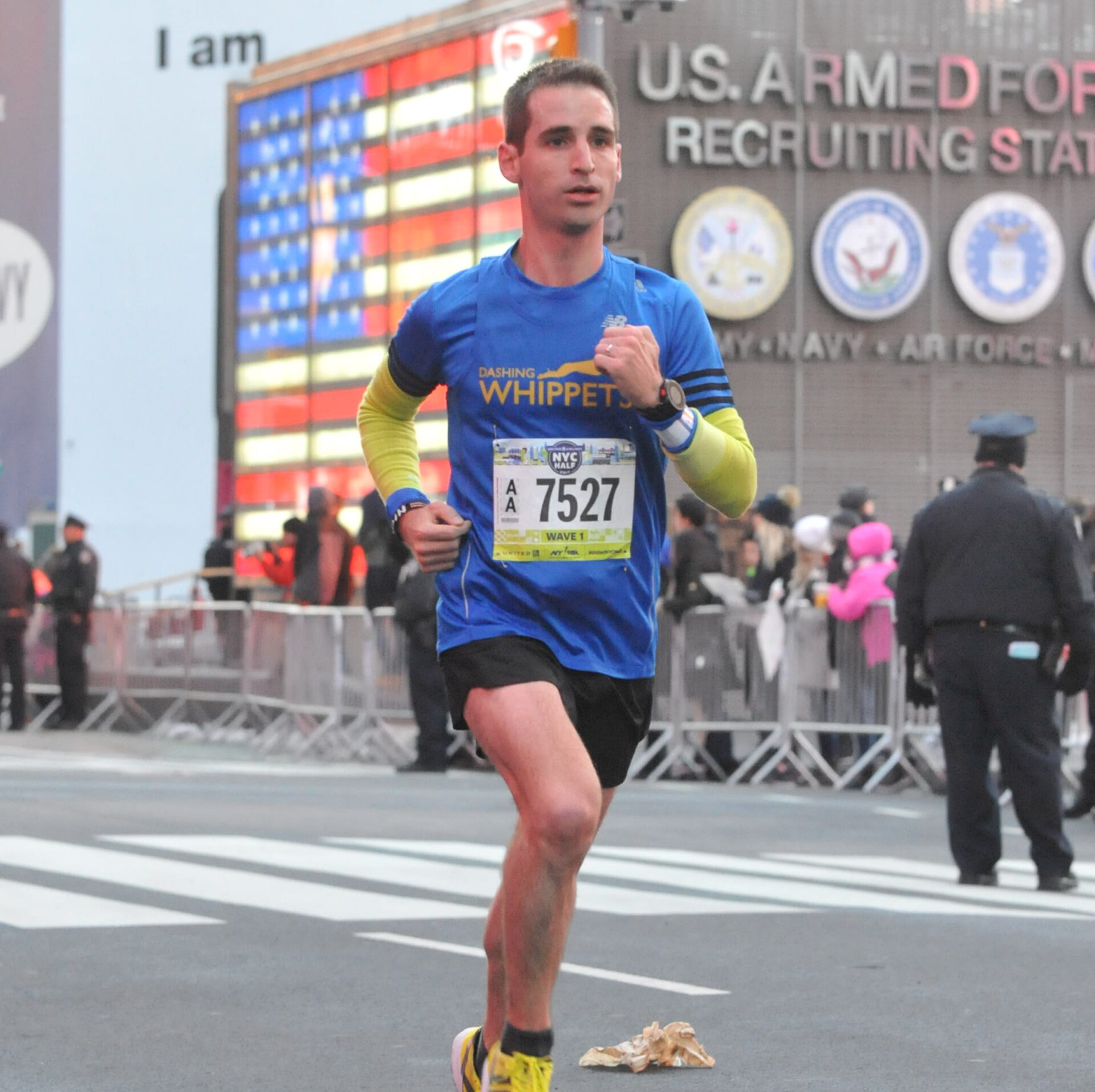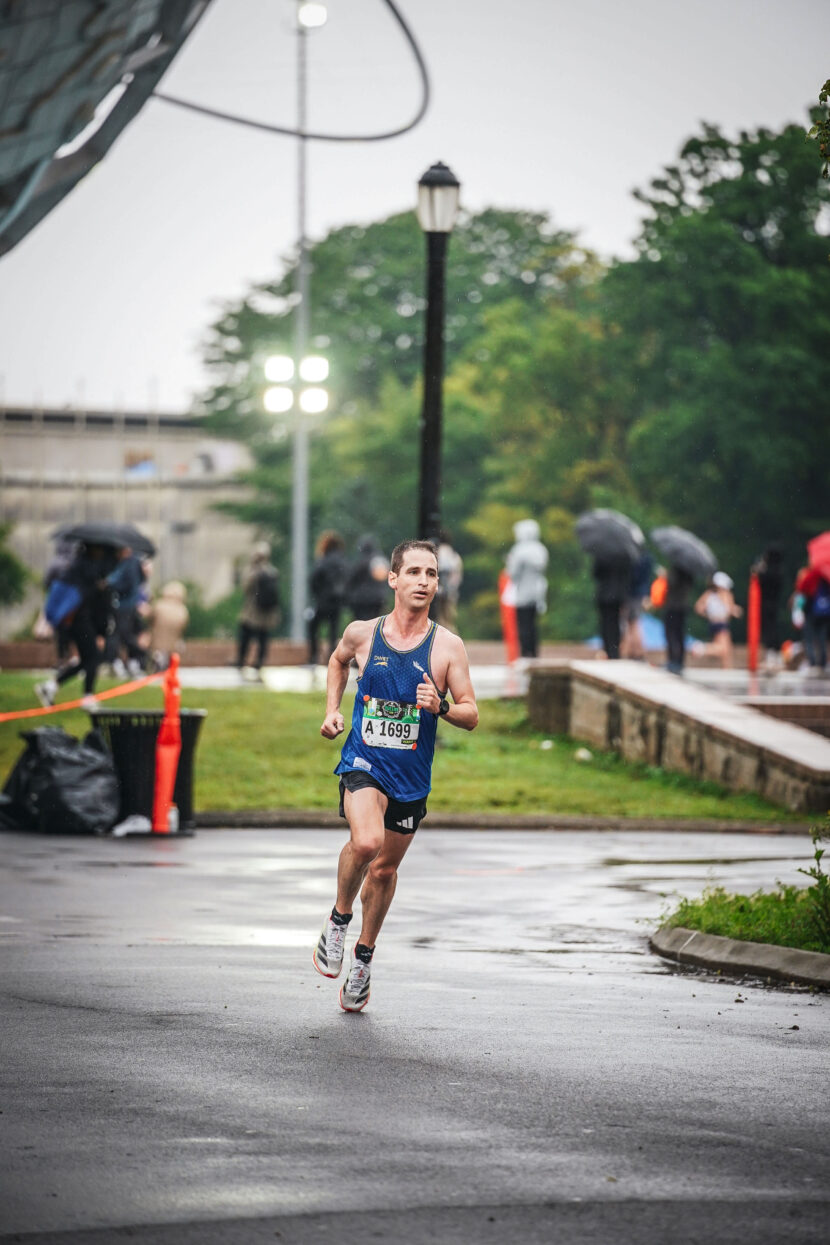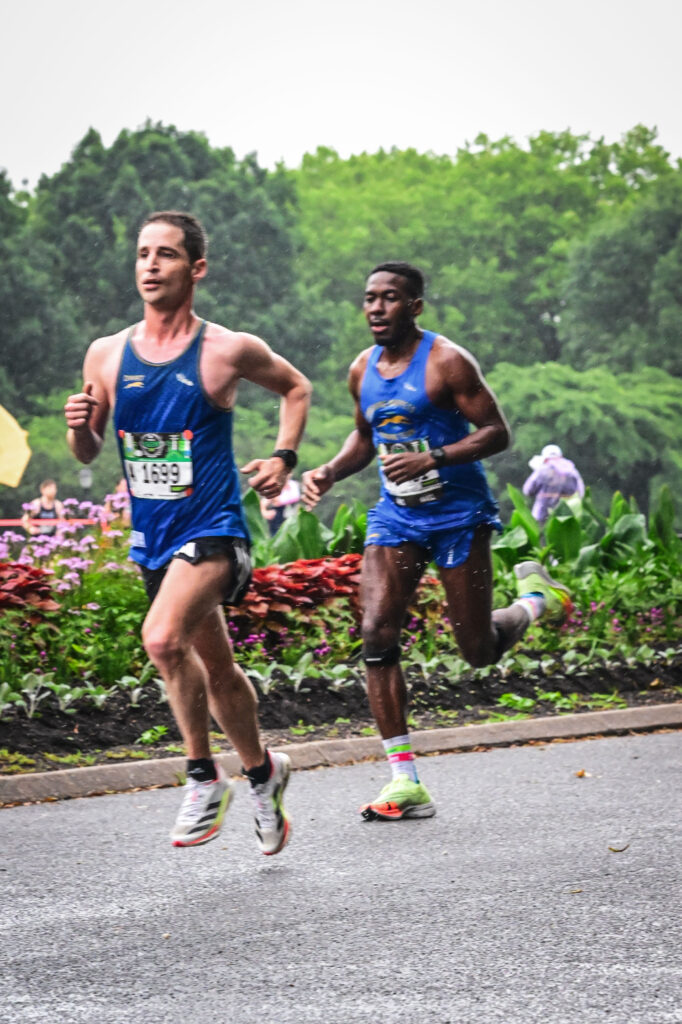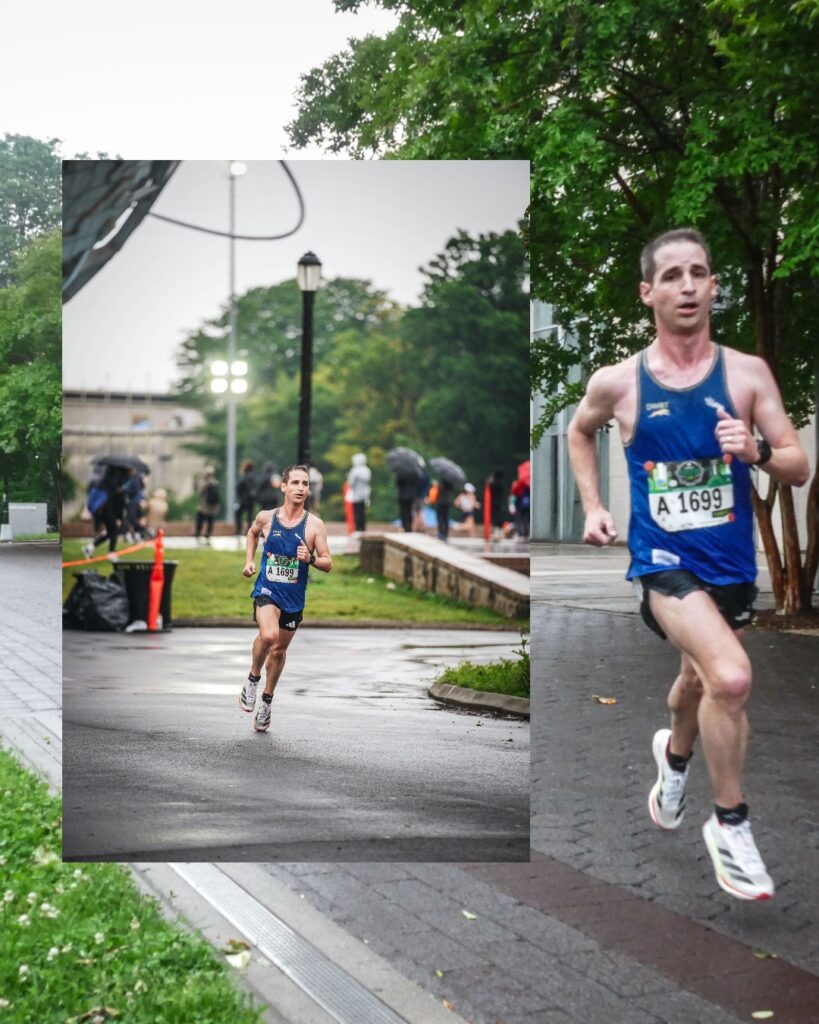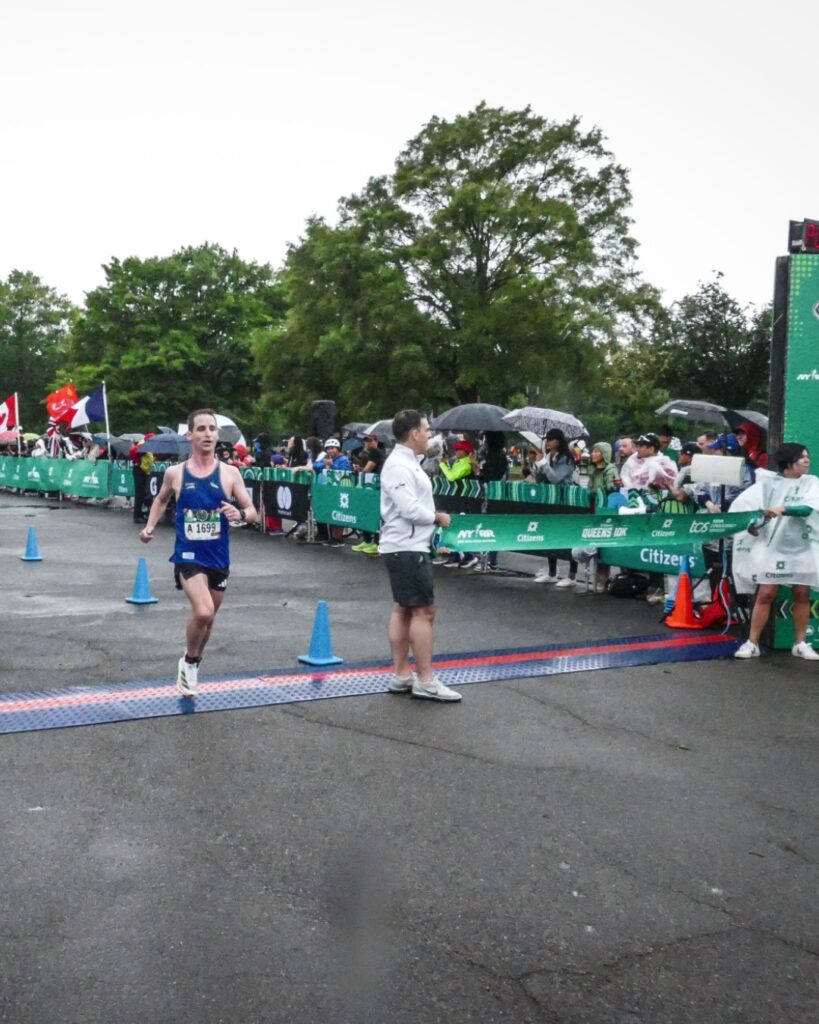On Saturday, I participated in the Queens 10k. Running in Flushing Meadows Corona Park marked my first time back to racing since the Brooklyn Half Marathon a few weeks prior. Since Brooklyn, I took some time off and researched how I wanted to approach my training for the Chicago Marathon. In the midst of figuring out my approach, the school year is wrapping up. Meaning, I’m dealing with many events while mapping out the summer. As I’m organizing my life as a parent I know that I need to create a training program which offers sustainability over time. Furthermore, I’m looking more for long-term development and sustainability.
I like routine. I want to run well in Chicago, but I’m also looking to cross off other goals further down the road. Intuitively, I know my form and biomechanics after five years of studying it. No, I’m not a DPT. I just know how to maximize efficiency for my form while staying injury free. Mentally though, I’m now confident of my abilities to push through barriers when racing. The confidence comes from my training. While I used to question my approach in the past, I’ve lately come into an understanding on how to best approach my own training. No, I do not know everything nor do I believe I’ve arrived. It’s just that now I have a clearer understanding of what I’m trying to accomplish from a physiological perspective. Eleven years of experience definitely helps, too.
While mapping out my plans for summer training, I completed a lactate profile test at NYU. In the past I’ve tested Vo2Max, but it isn’t necessarily the best predictor of running performance. Further, I’ve never tested lactate. I thought about using a lactate meter, but deemed it too much of a hassle. So I went with the less expensive option to see the experts. After all, trying to carry a lactate meter during sessions in NYC seemed like a lot of effort. I decided it would work better to use my heart rate and pace as a proxy in my own training rather than measuring lactate at each session. After all, I’m not trying to become Jakob Ingebrigtsen.
The test itself pretty much confirmed what I already knew: I could tolerate and buffer lactate well during moderate to harder sessions. The paces during the test coincided with my efforts in my own training. It helped to actually see the numbers in a controlled environment. Collecting the data contributed greatly to constructing a training program that aligns with my performance goals. Moreover, my approach deals with pushing the lactate curve up from below rather than pulling it up from the top. For sustainability, it aligns perfectly with my goal of accumulating training load over time. Basically, in order to reach my potential, I have plenty of room to grow aerobically. I just need to run as much as possible in a sustainable way. To run as much as possible, I cannot run hero sessions and burn myself into the ground. Consistency in, consistency out.
As I delve into my training for this summer and beyond, I’m reminded of the philosophy of running fast, not hard. Controlled intensity. The issue I see with today’s running boom, especially from a Western perspective, is this go one more or go as hard as possible since the race is tough—hardening the legs and all that stuff. Truthfully, all of us probably just need more easy aerobic conditioning and a way to maximize efficiency with our own unique style of running. Though, this advice probably won’t feed the algorithm and go viral.
Thank you for taking the time to read my blog and best of luck to you over the summer!
